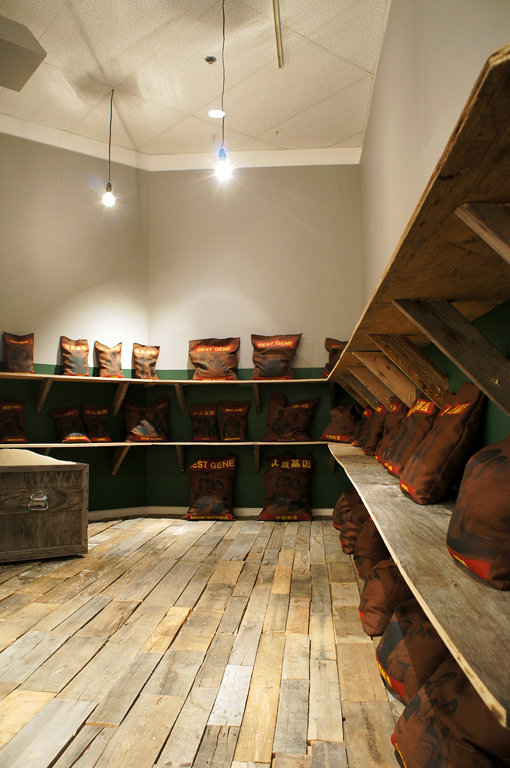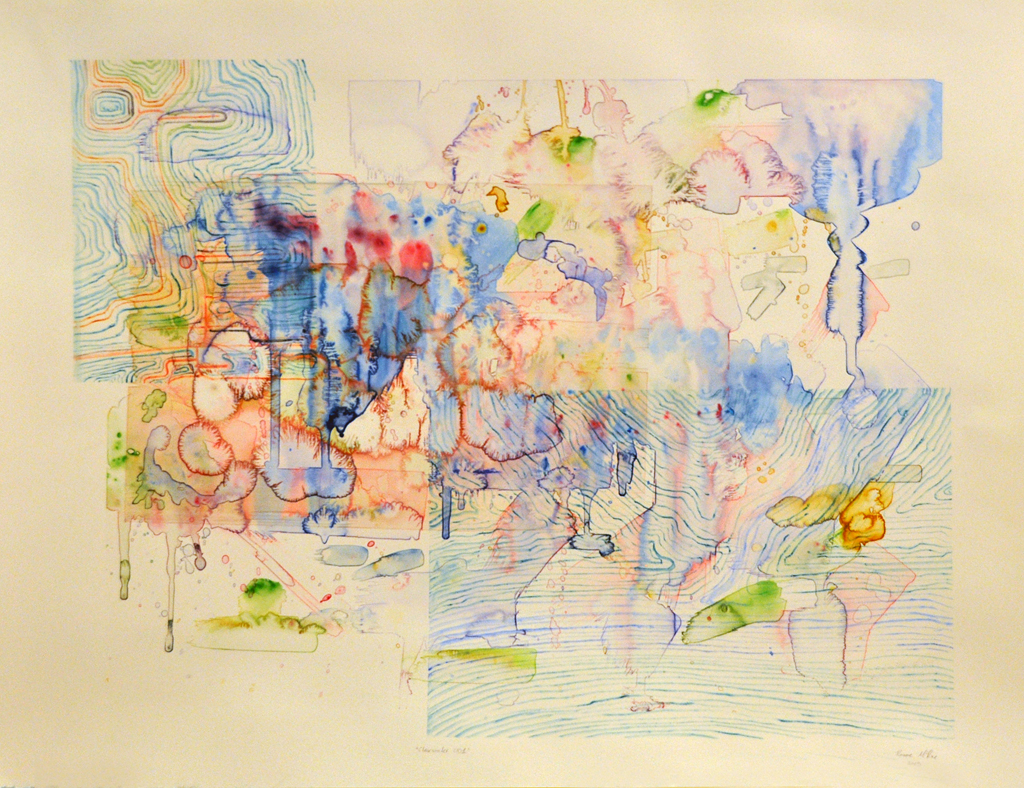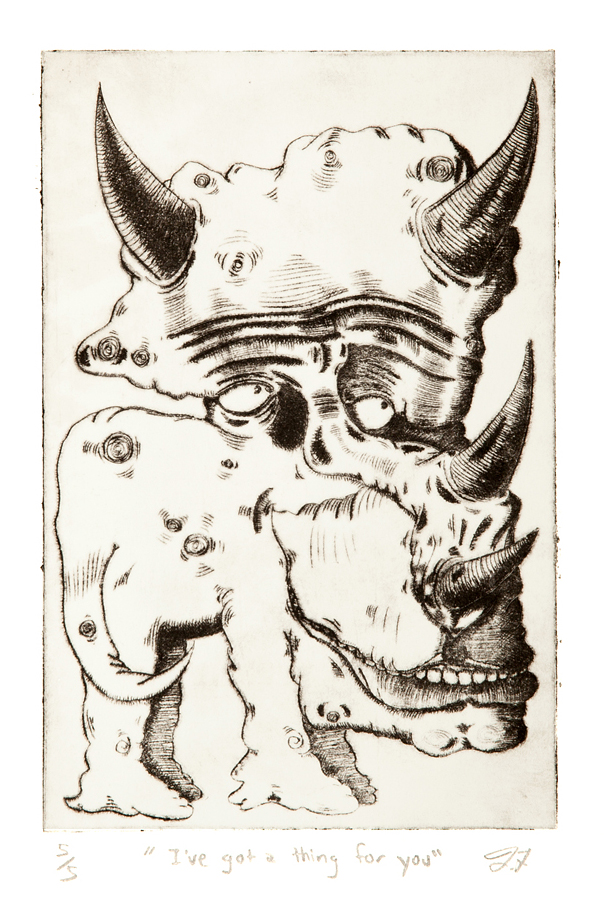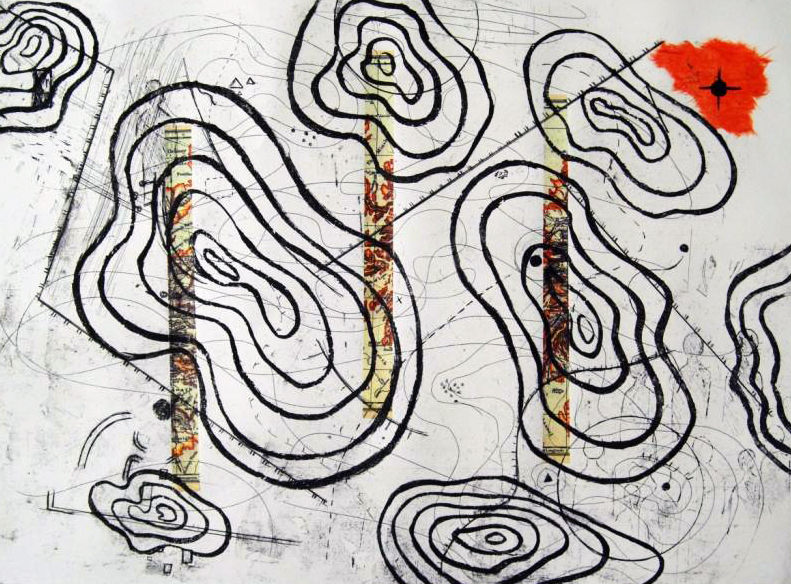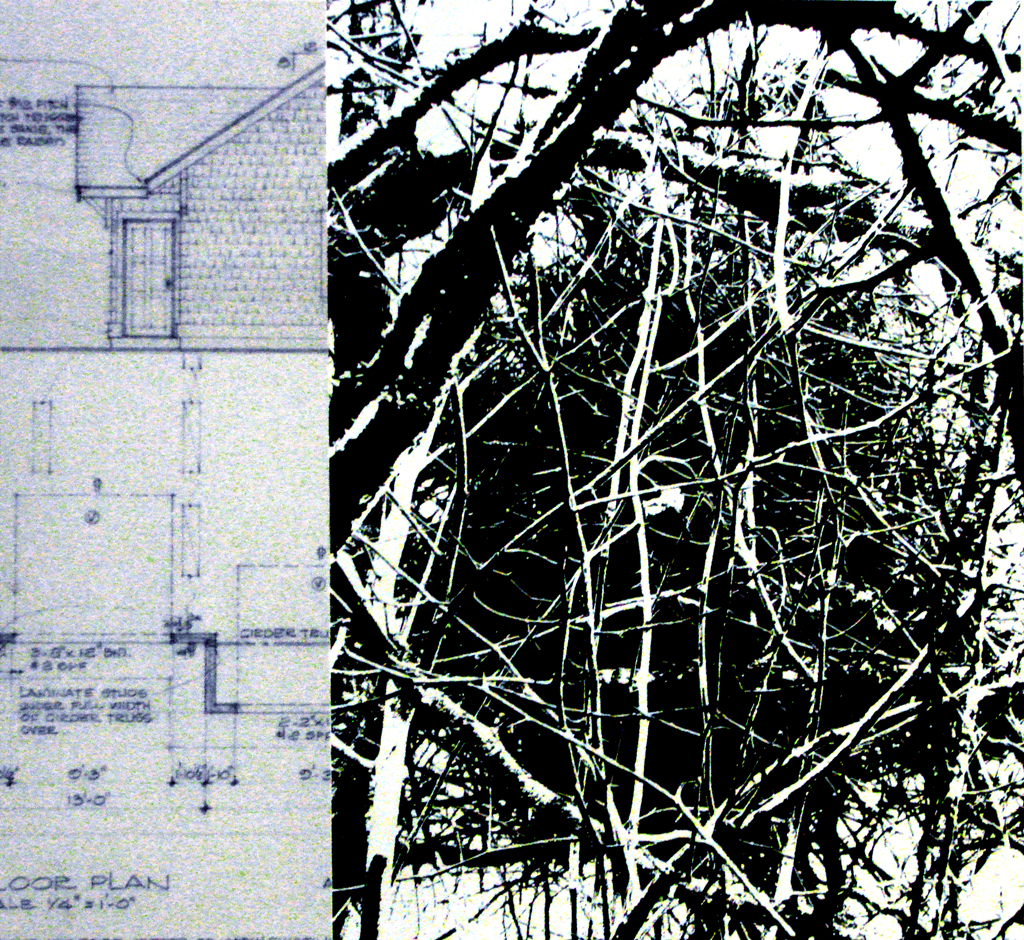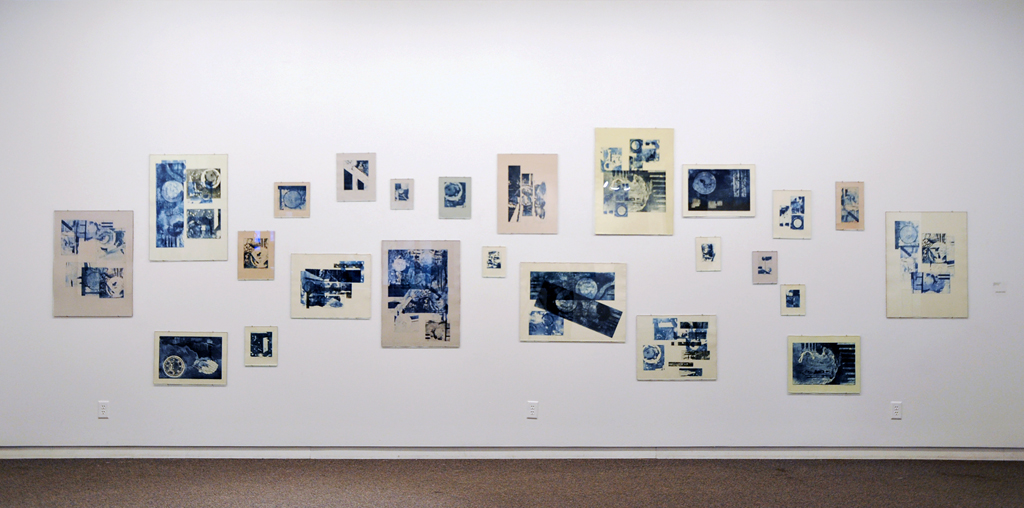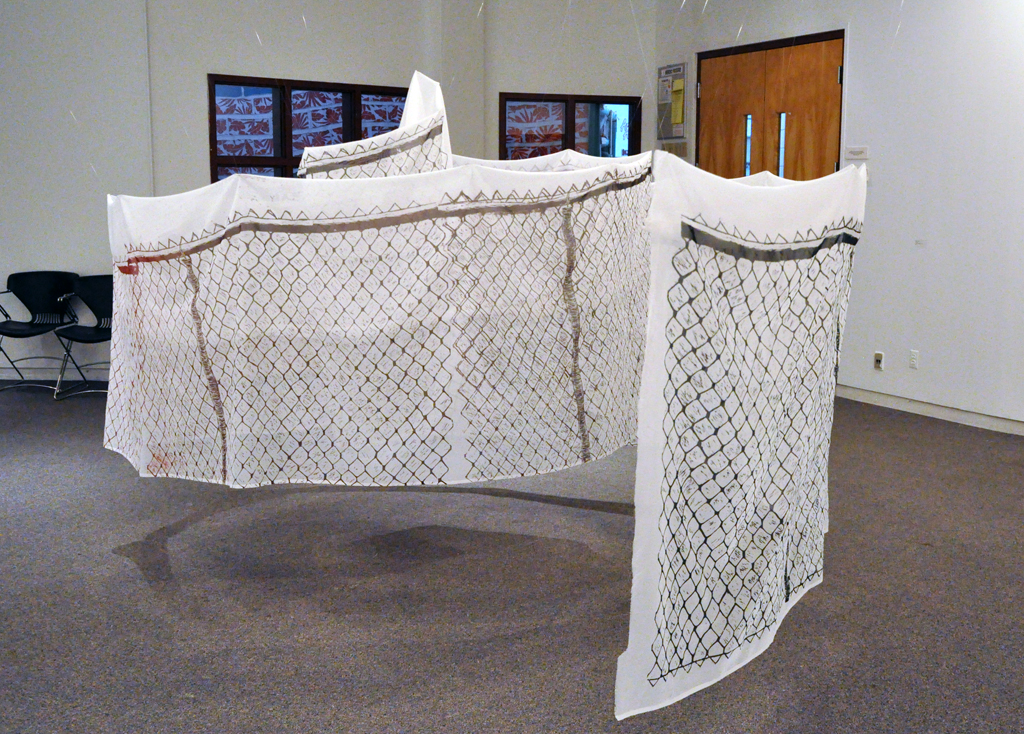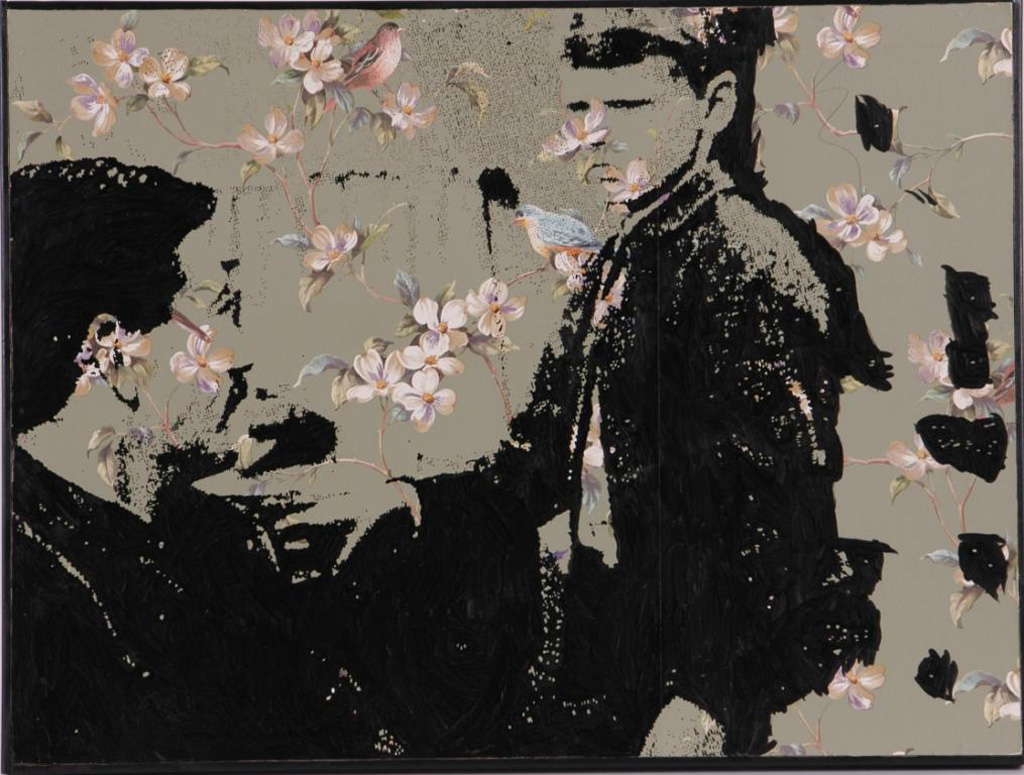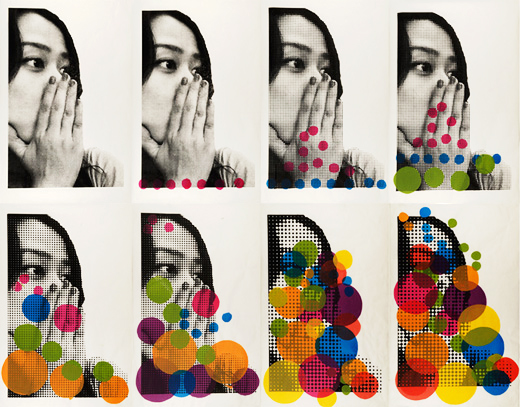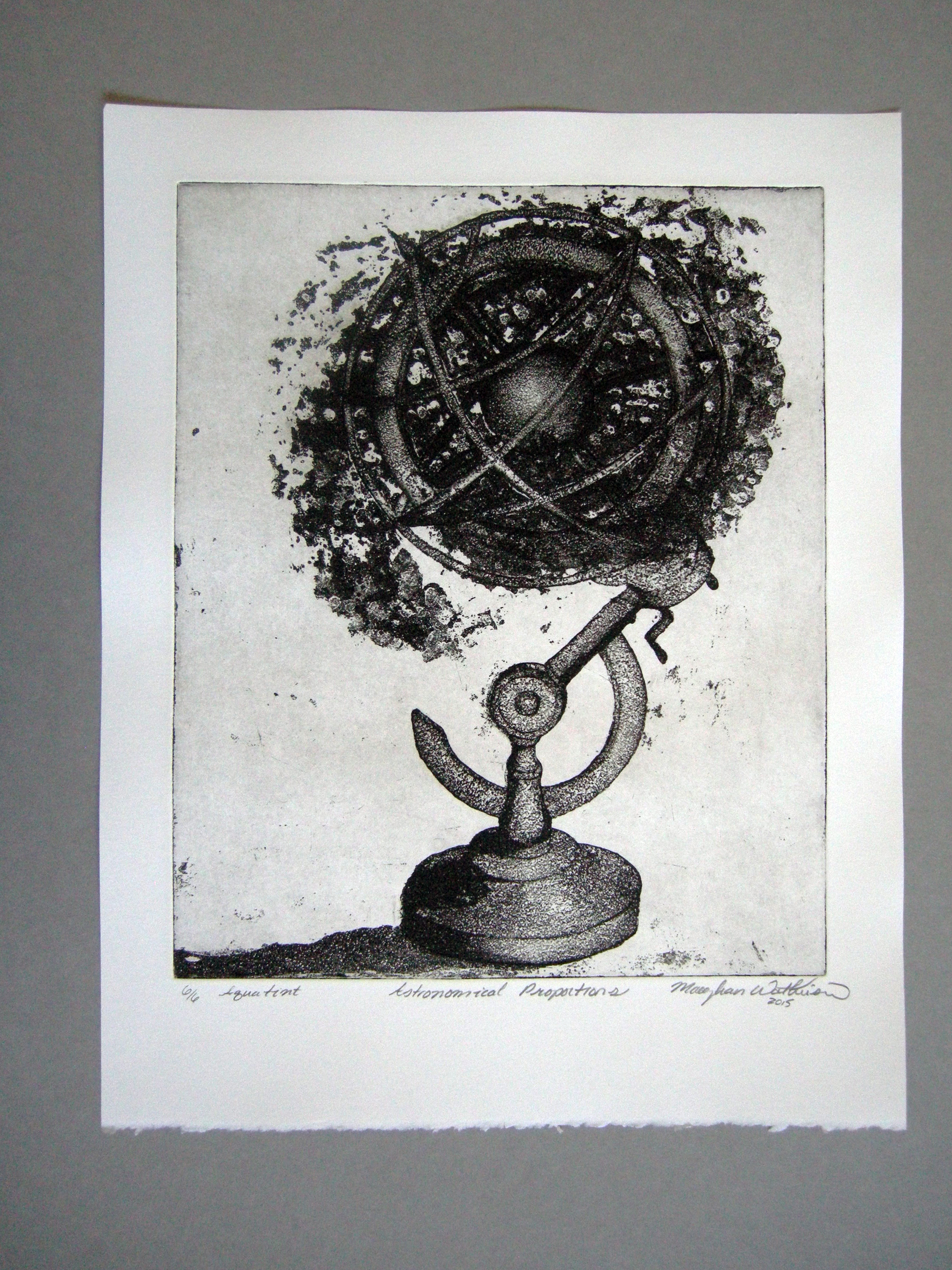Arts Menu
Printmaking
Silkscreen
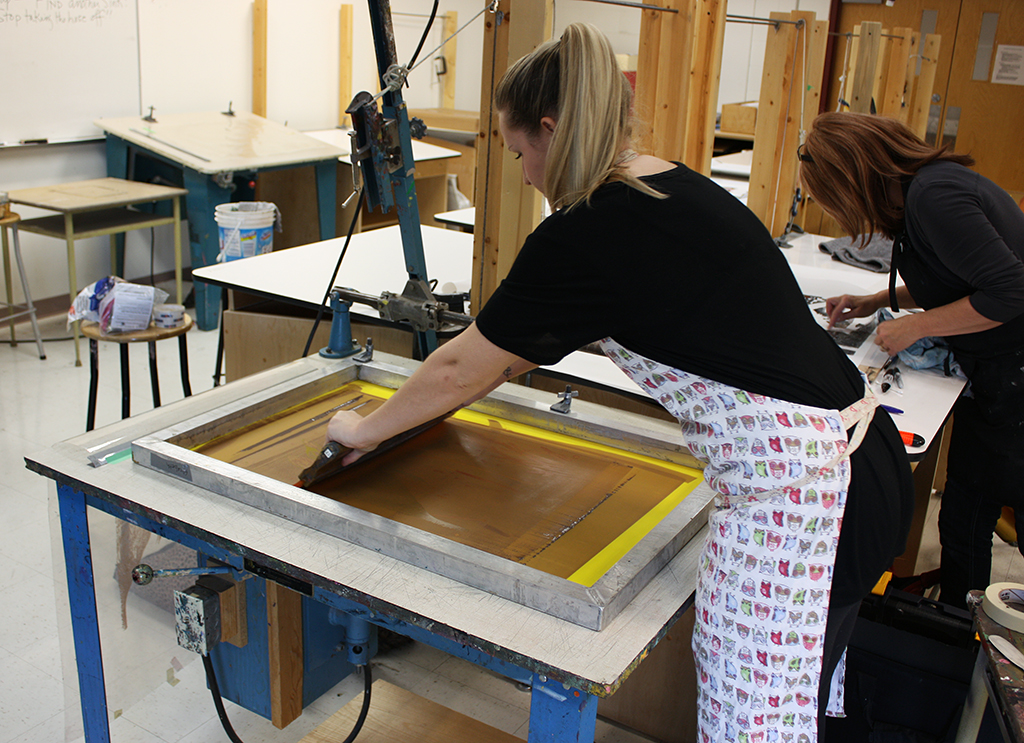
The visual arts program at Thompson Rivers University offers three courses in screenprinting. Students learn how to use both direct and indirect methods of making positives and learn how to prepare digitally generated images. Students gain experience and knowledge about fine art printmaking and many of them set-up and continue in their own studios once they complete their studies. The studio is equipped with two small vacuum tables and one large semi-automated Jaguar screen press as well as a vacuum exposure unit. Water-based inks and the use of photo emulsion create a low toxicity studio environment. New technologies over the last several years such as water-based inks and Photoshop have contributed to the growing popularity of screenprinting.
Etching and relief
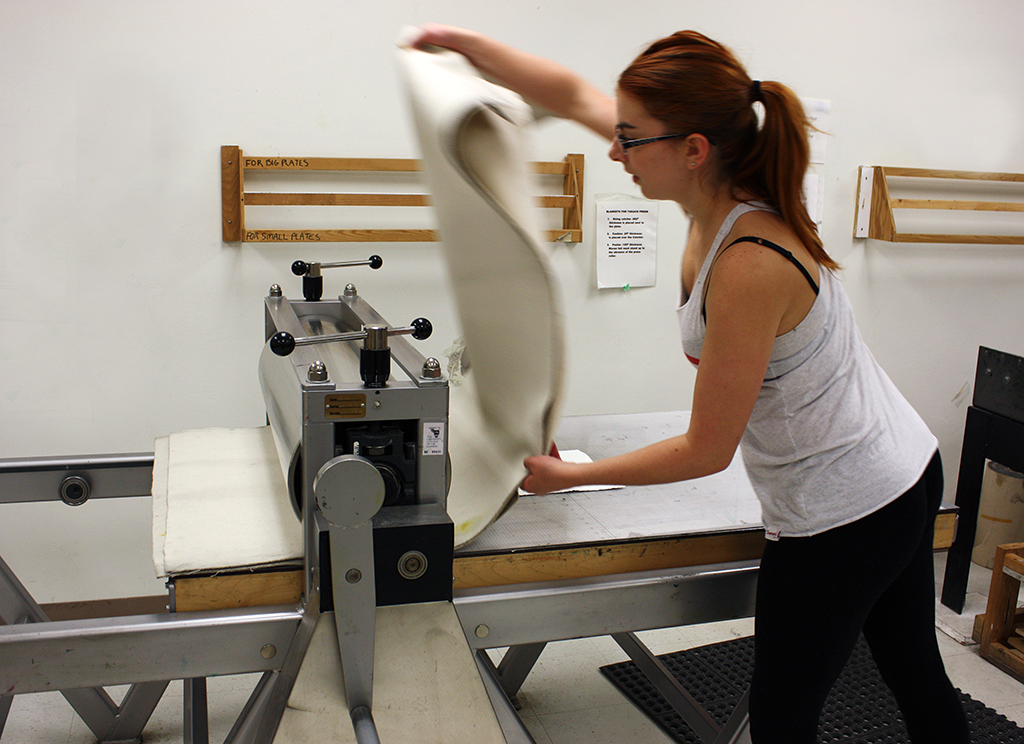
TRU’s Visual Arts facilities include a studio for the Printmaking processes of etching and relief, allowing for the production of artworks using the mediums of linocut, woodcut, etching, photo-etching, solar plates and mono-printing. In addition to printing on traditional papers relief printing lends itself to a variety of surfaces ranging from cloth and t-shirts to Japanese papers and other handmade Asian papers. Students experience the use of materials and techniques to create artistic works, including editioned prints and the experimental forms of zines and hand-made artists’ books. In the context of contemporary art students are encouraged to develop their own imagery in a manner that takes best advantage of printmaking’s historic practice of creating “multiples.” The studios are equipped with two intaglio printing presses (including one Takach) and a letterpress (Vandercook) for use with moveable type.
Students at work
